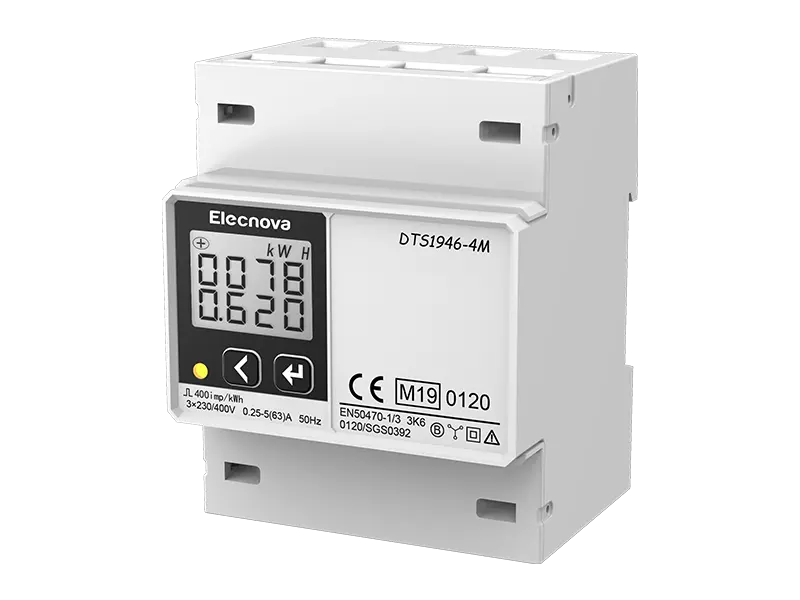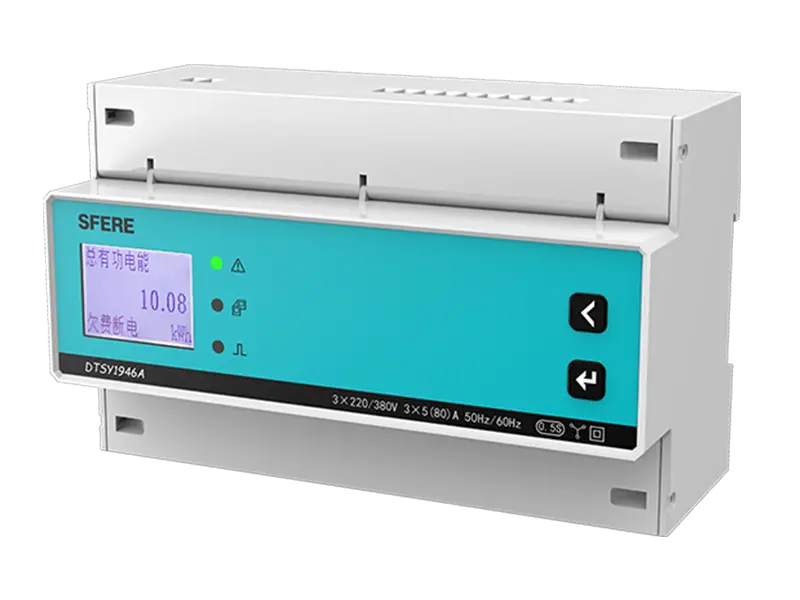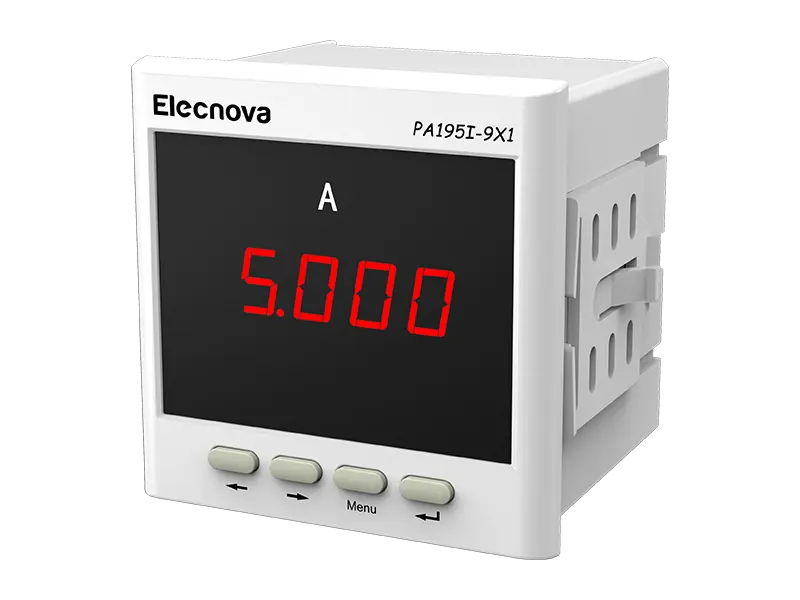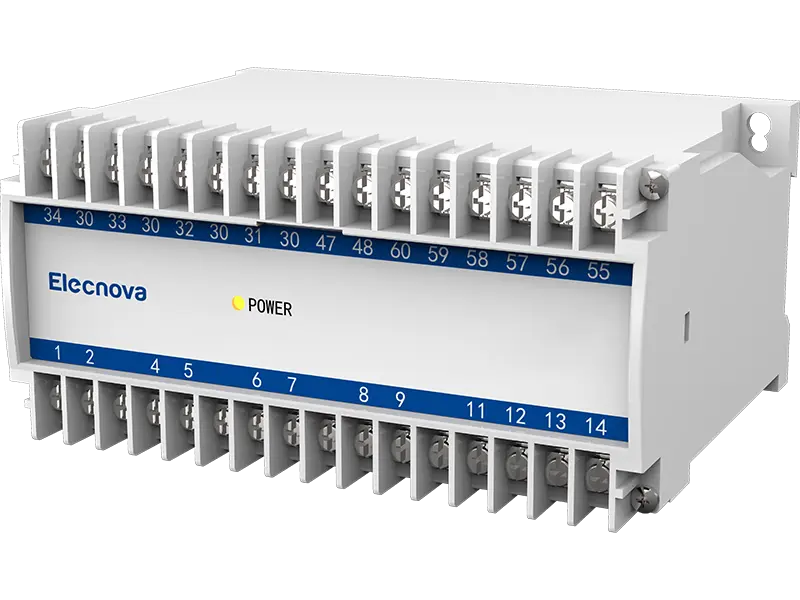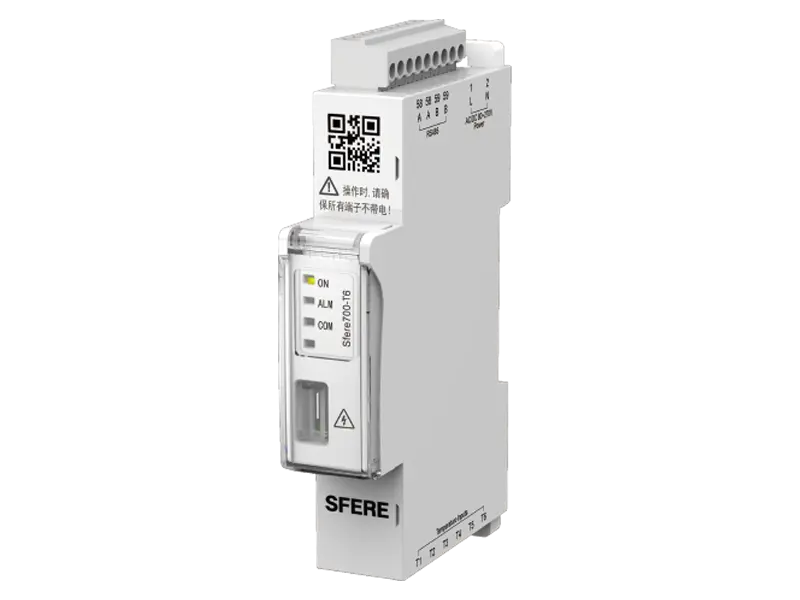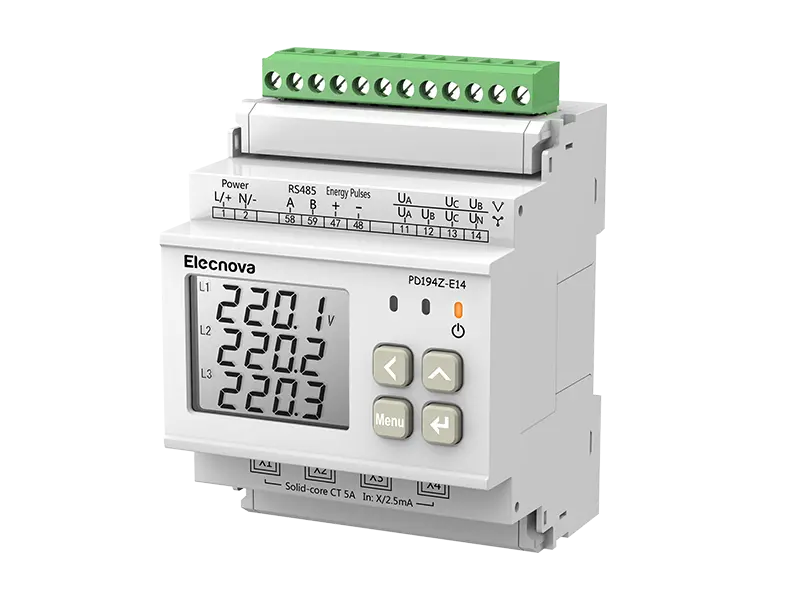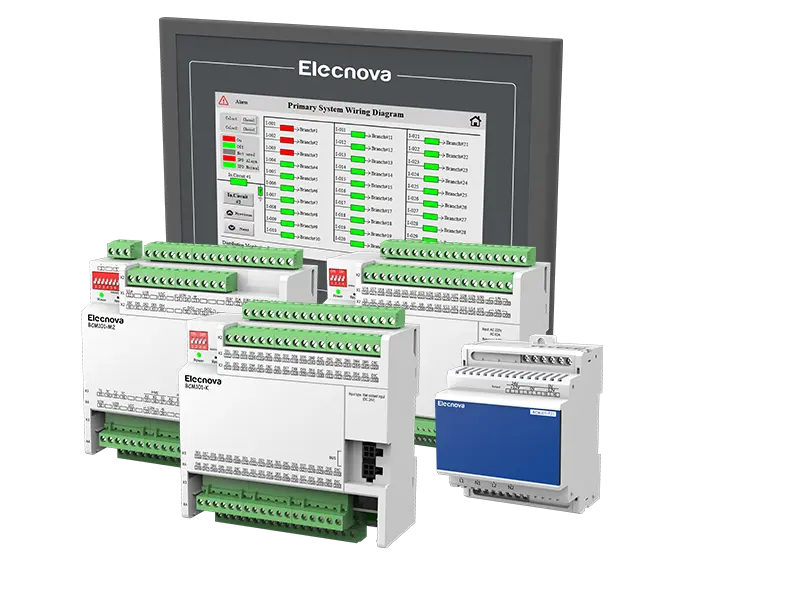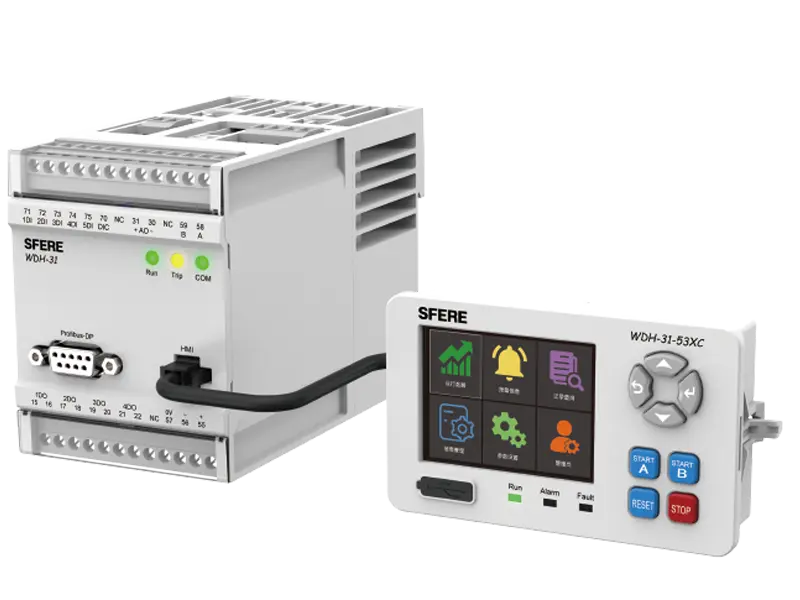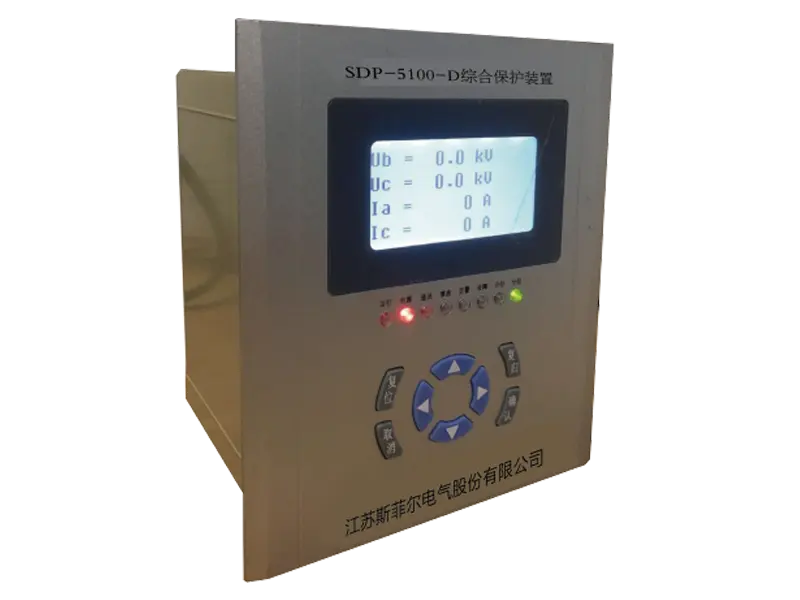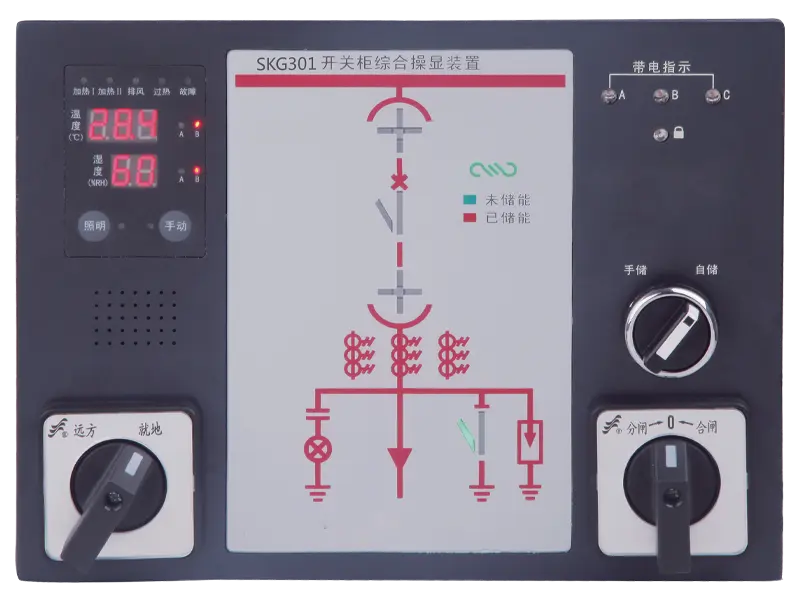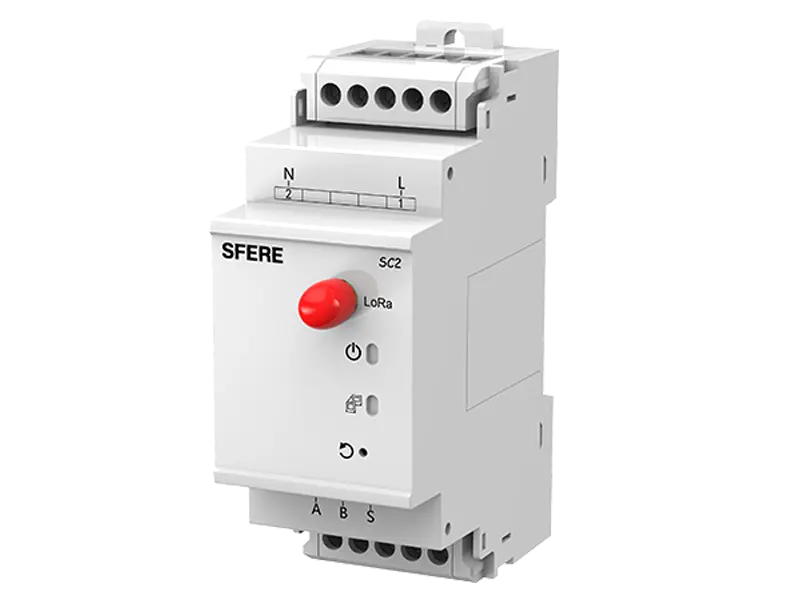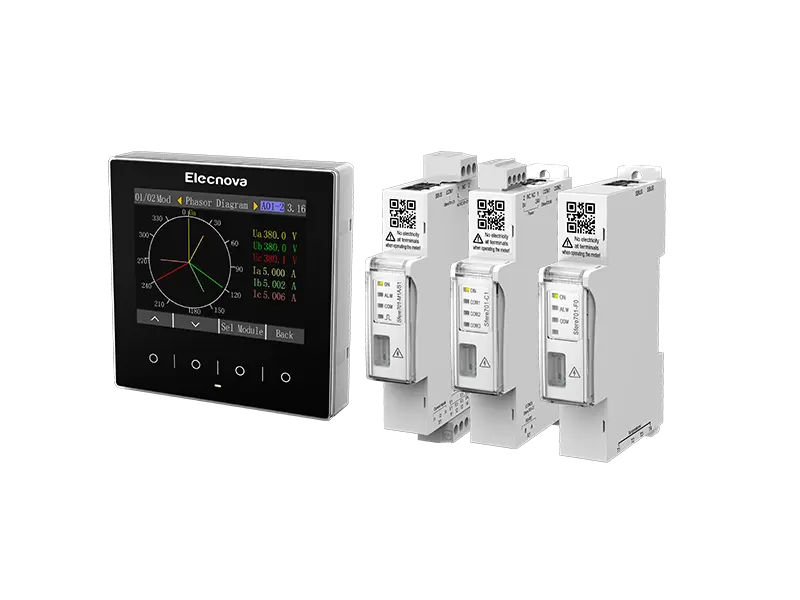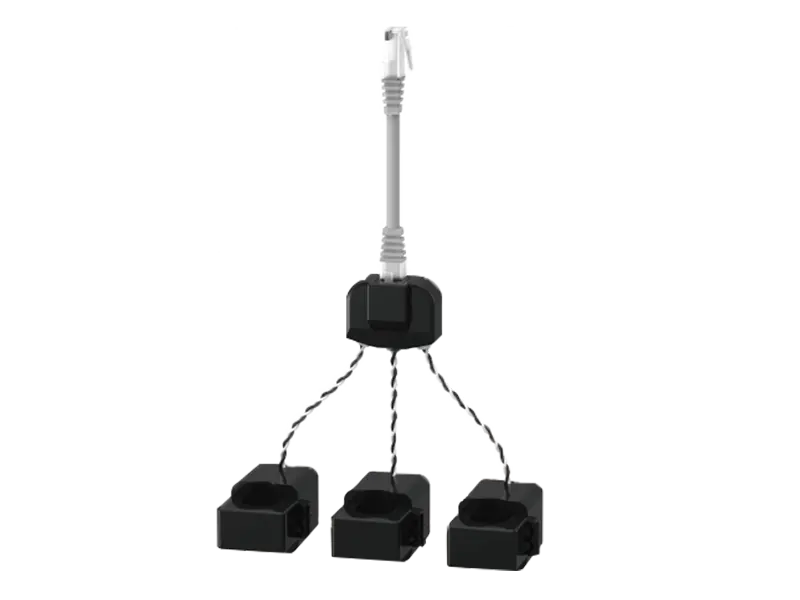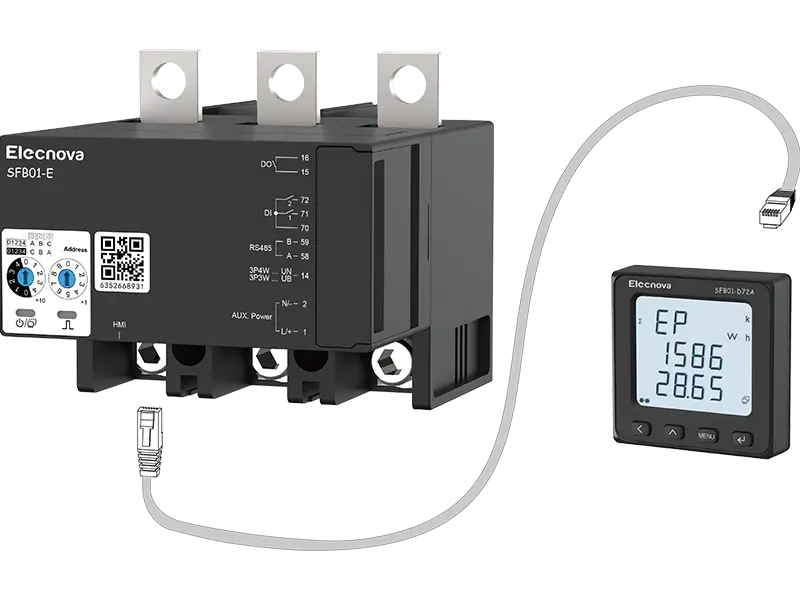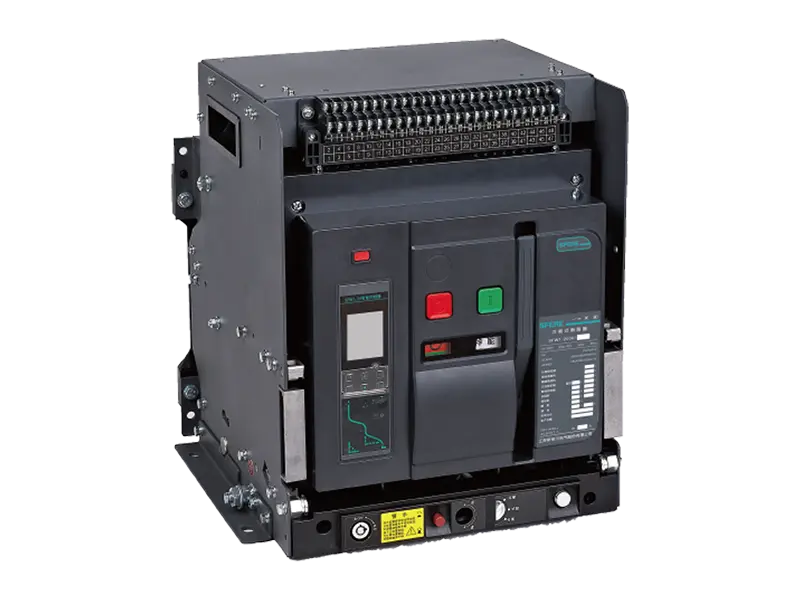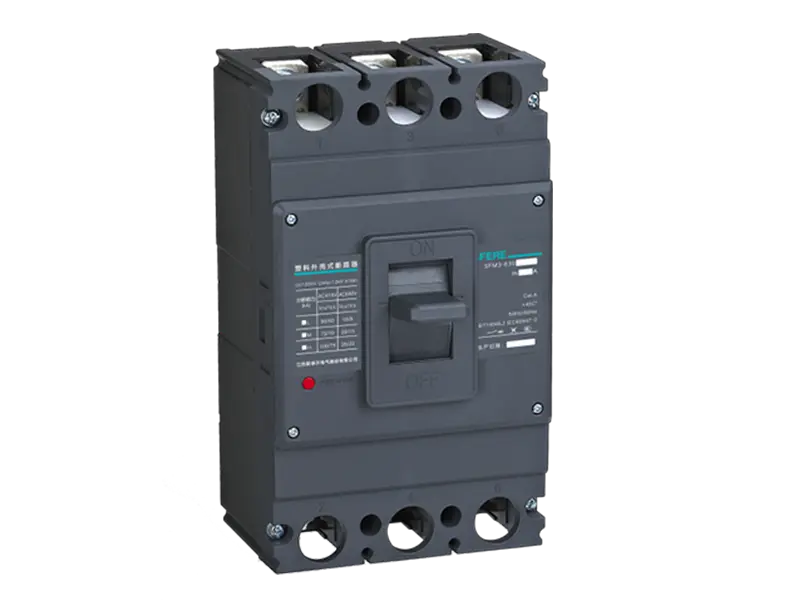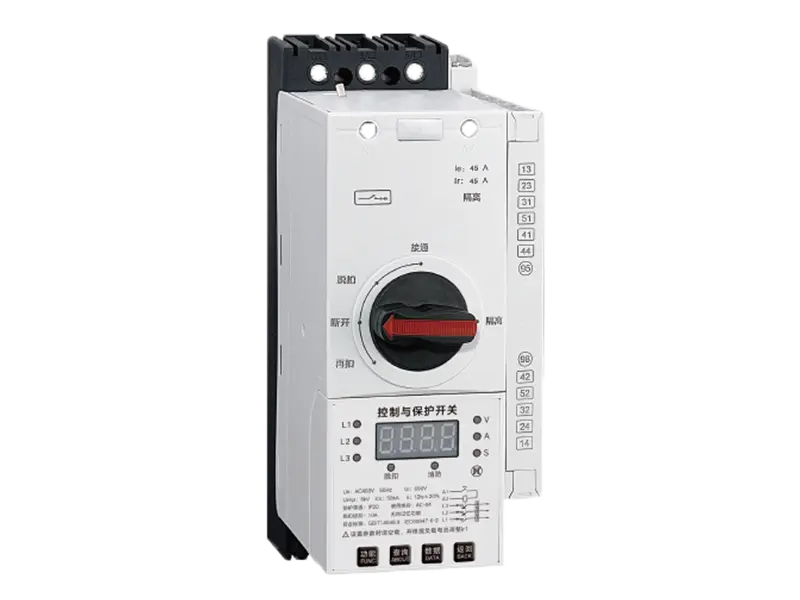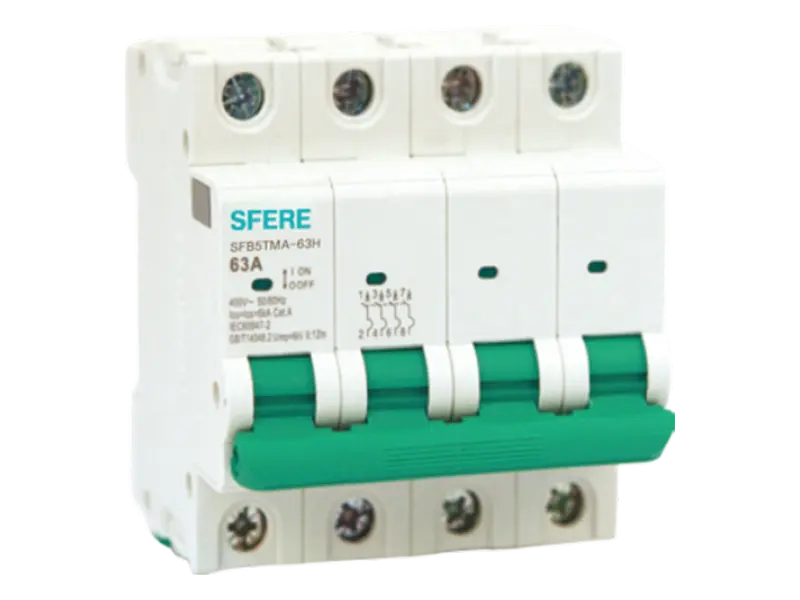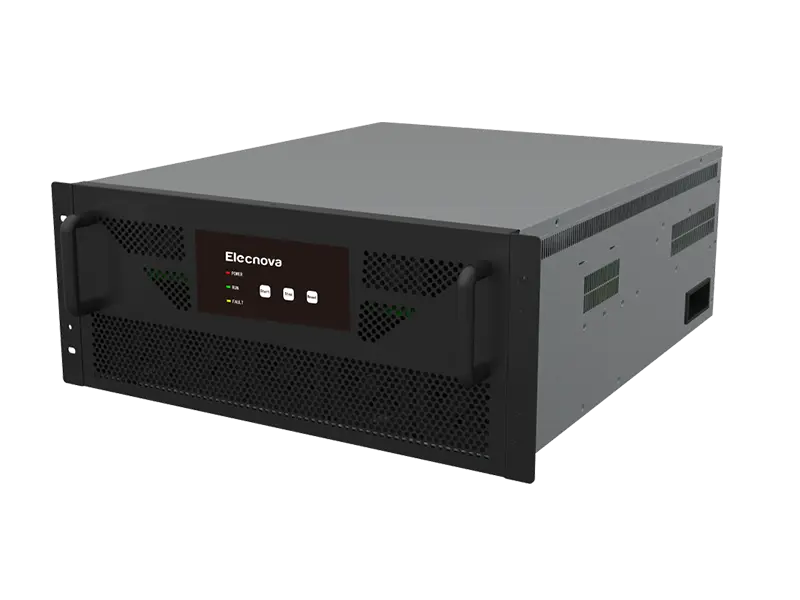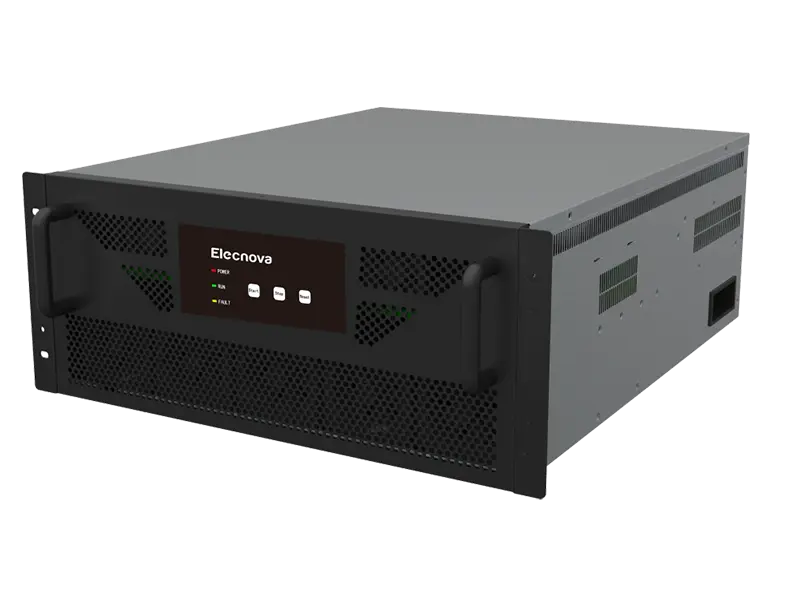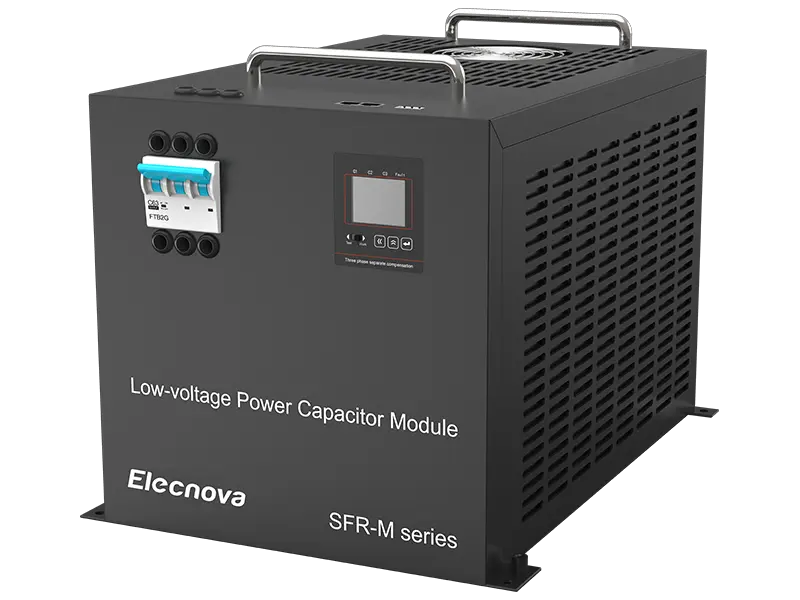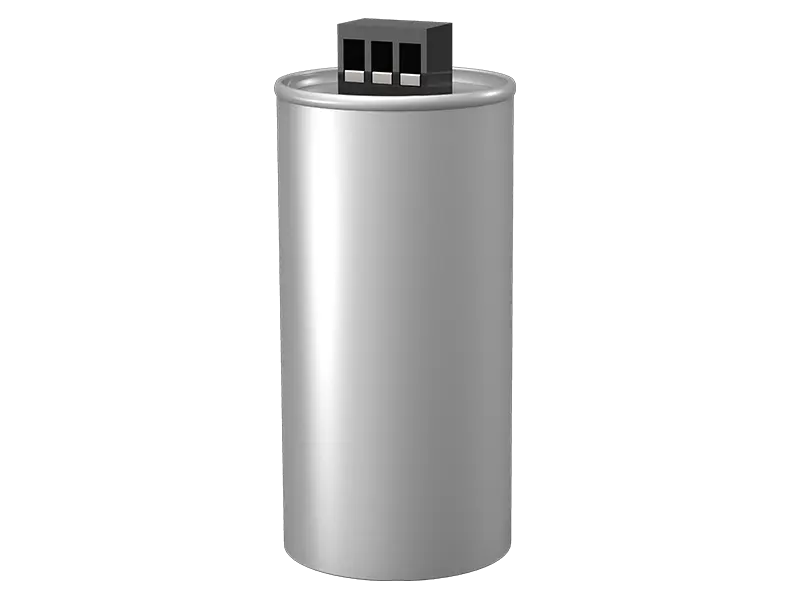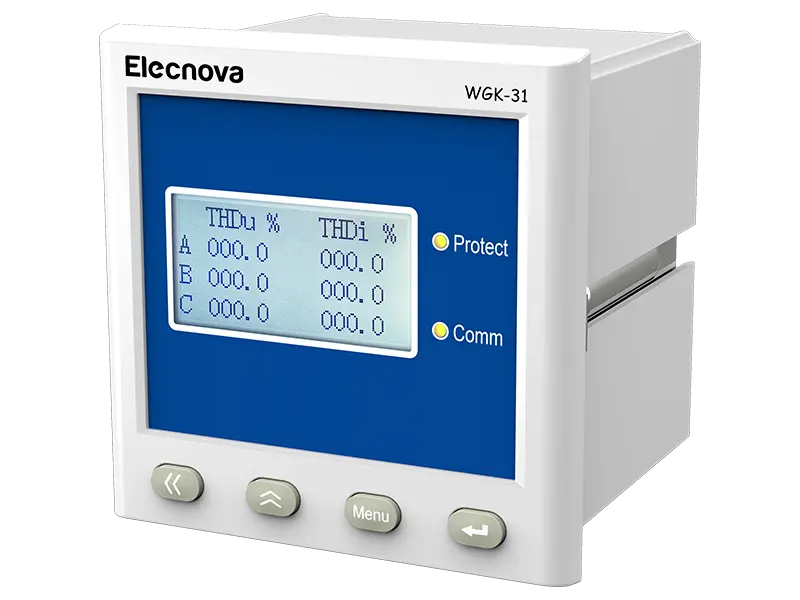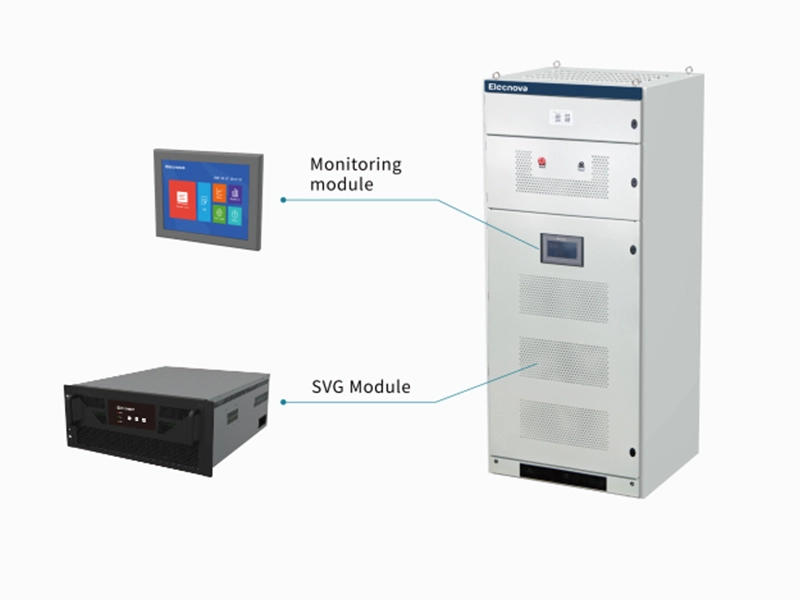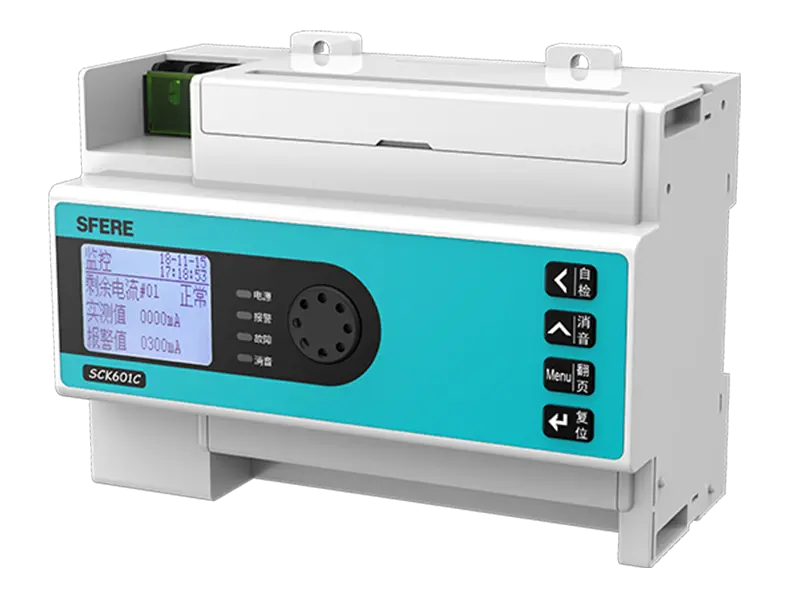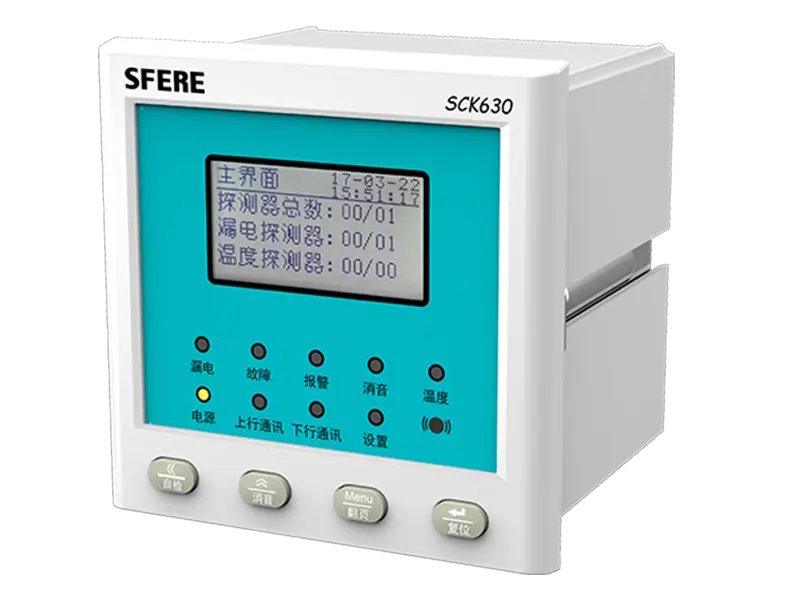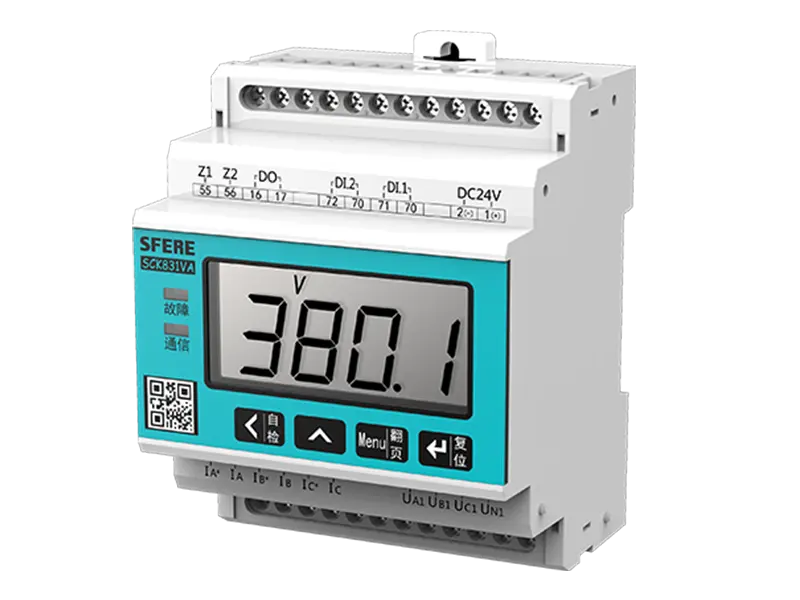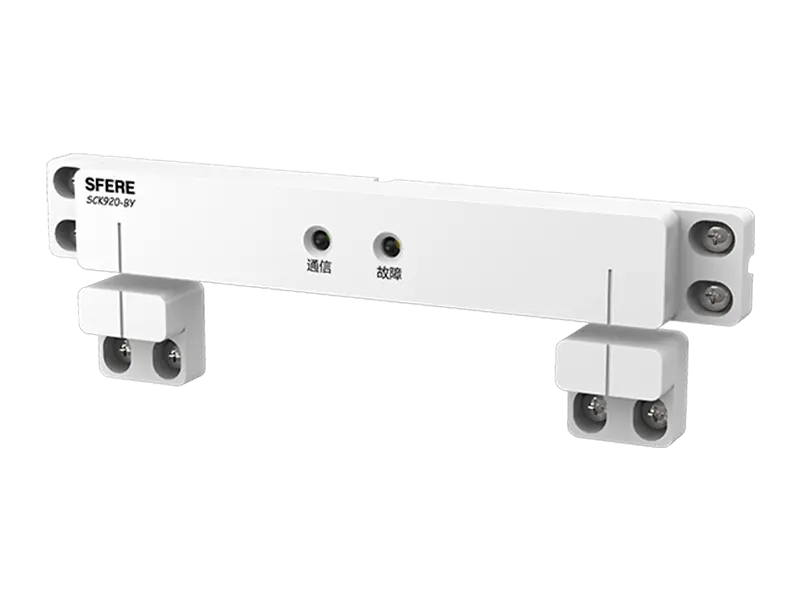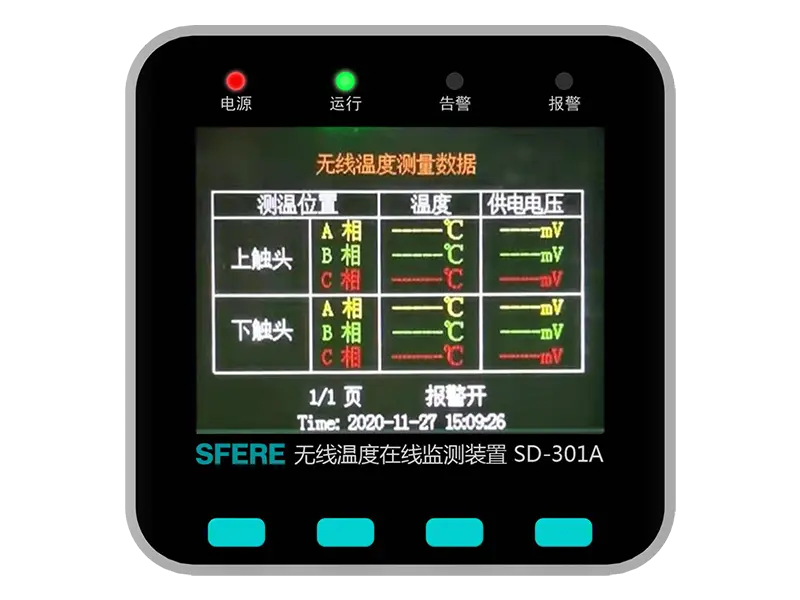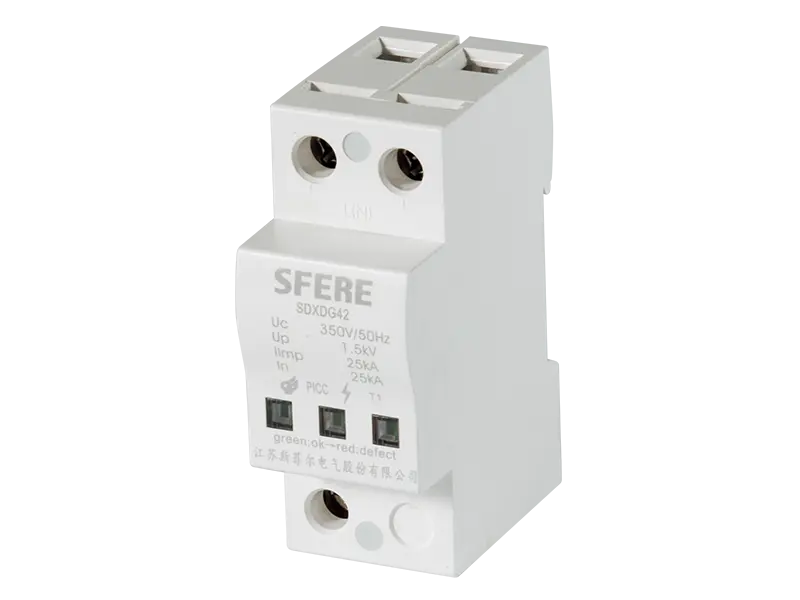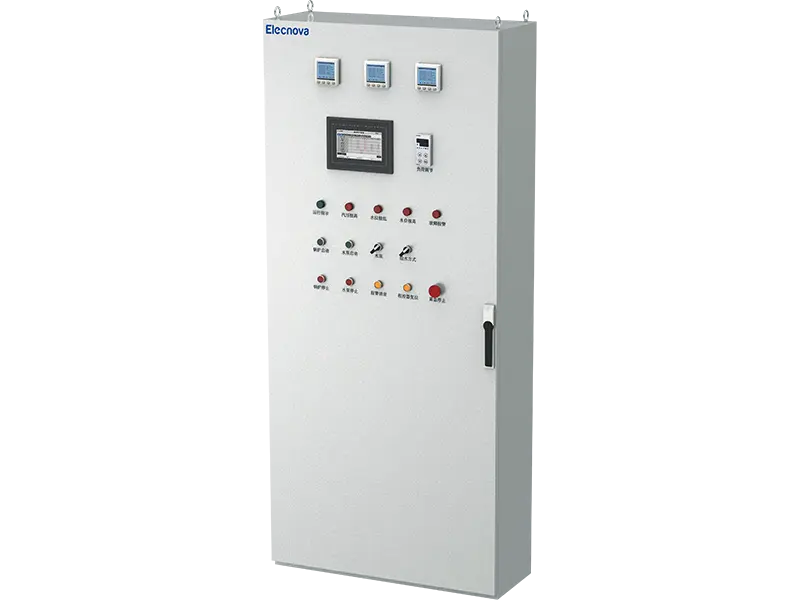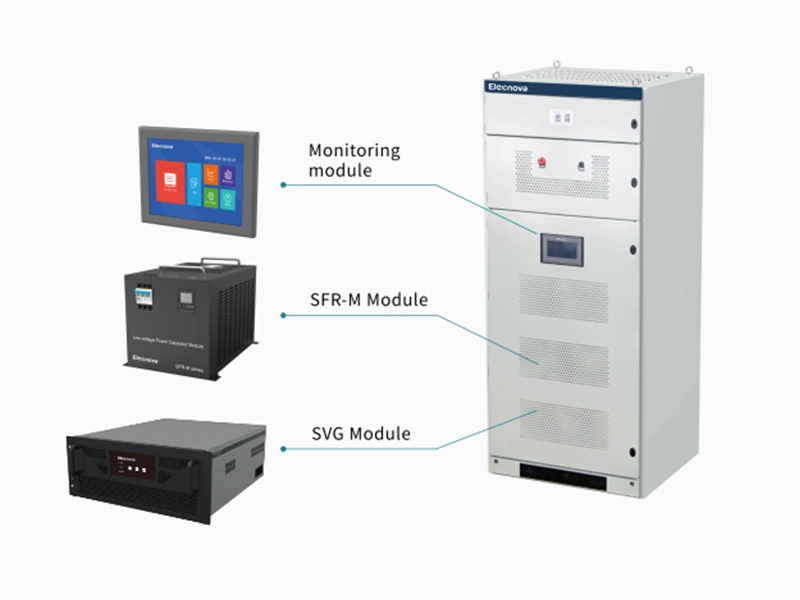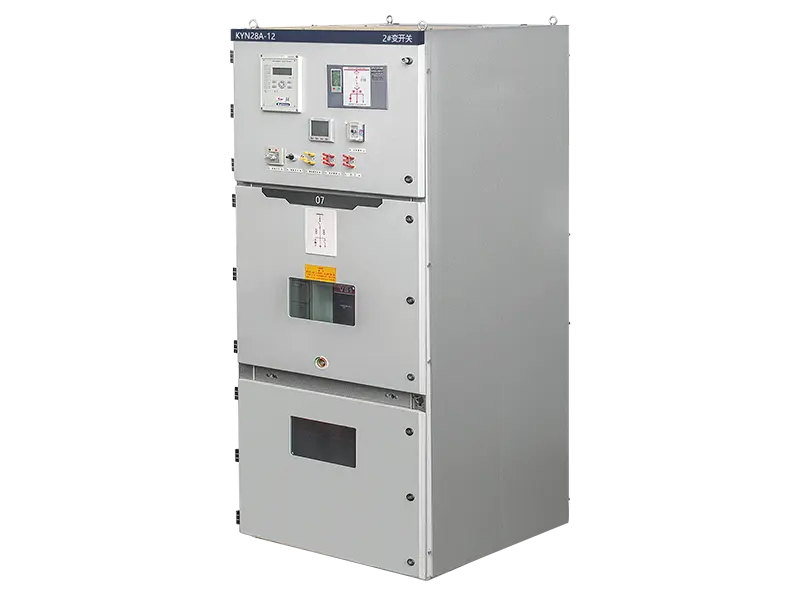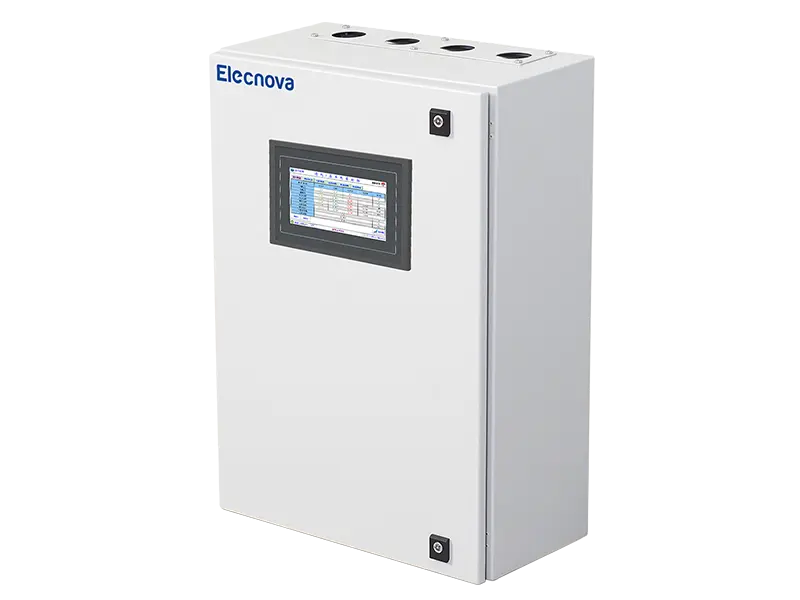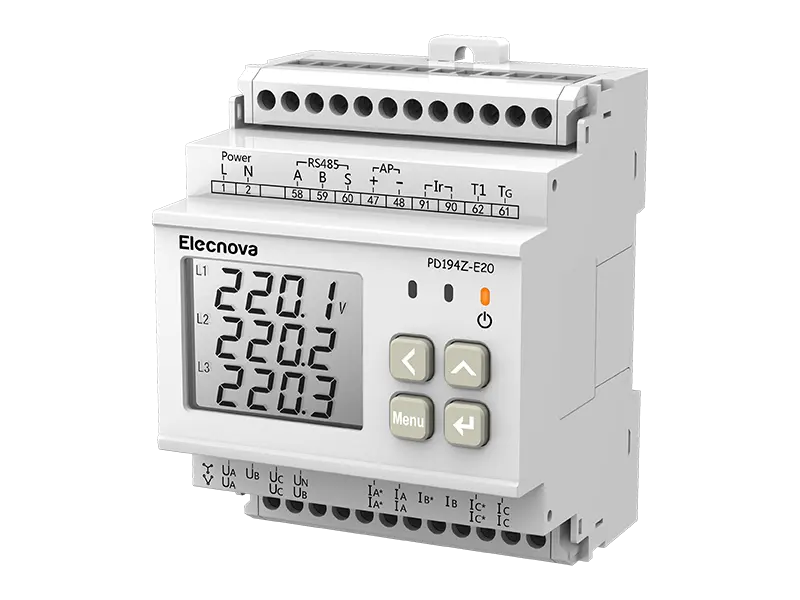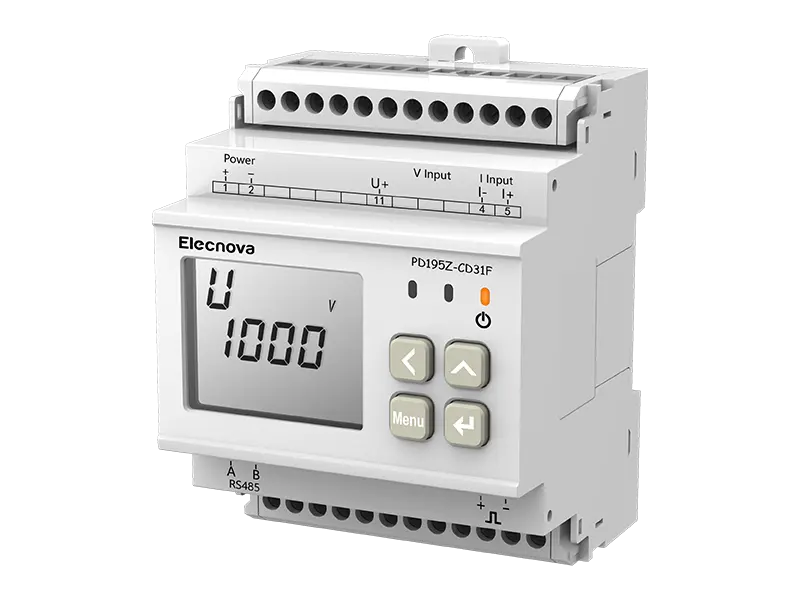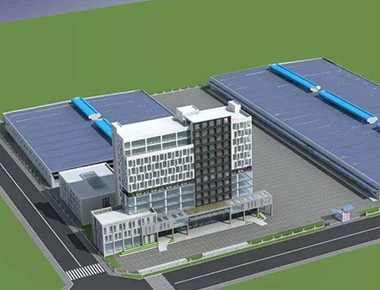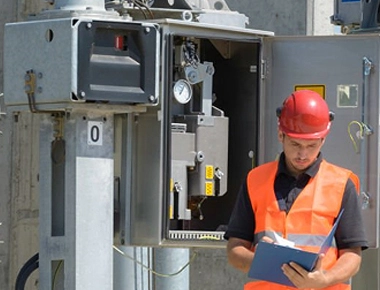Enterprise Introduction
Lanzhou New Area Shuangliang Thermal Power Co., Ltd. was established on July 31, 2013, wholly owned by Gansu Shuangliang. According to the special heating plan of Lanzhou New Area, the company is responsible for the construction and operation management of the centralized heating project in the area south of Wei 16th Road in Lanzhou New Area. The construction and operation of this project can maximize the restrictions on gradually settling enterprises to set up scattered coal-fired small boiler rooms, thereby reducing environmental pollution to the urban area, improving environmental hygiene, improving winter air quality, improving heating quality, and achieving the utilization of low-quality fuel and waste.

Existing Problems
The heating station of Shuangliang Thermal Power in Lanzhou New Area is mainly powered by three 10/0.4 KV transformers. The low-voltage side of the transformers is divided into two branches: power and lighting, each equipped with active and reactive power metering devices. The water pumps, fans, and other equipment in the heating station are equipped with multiple low-voltage three-phase asynchronous motors, with a power factor often around 0.7, resulting in significant electrical energy loss on the power branch line. And the power factor is lower than the assessment standard of the power industry department (0.9).
Reactive power compensation design
Based on the load type and transformer capacity, the reactive power compensation design capacity configuration between the incoming cabinet and the load is as follows:

Product Introduction
The LBG series harmonic elimination reactive power compensation is specifically designed for the harmonic and power factor problems in 0.4KV low-voltage distribution networks with severe harmonic pollution. It achieves power factor improvement, effective harmonic suppression, reduces line loss, and improves power quality through reactive power compensation products.
The harmonic elimination reactive power compensation component includes a filtering compensation circuit composed of a filtering reactor and a low-voltage filtering power capacitor. This series of components is a filtering compensation equipment suitable for 0.4KV low-voltage distribution networks. The compensation device in this series has complete protection measures, high degree of automation, and can automatically exit work in the event of external power outages. It can automatically resume operation after power transmission.
Technical parameter
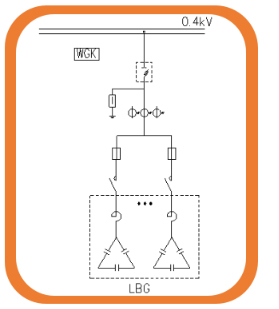
Design diagram
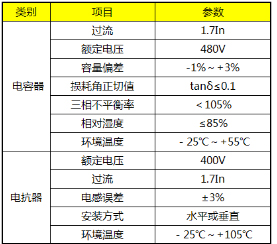
Project Summary
The expected goal was achieved, and the power factor at the incoming cabinets of each transformer was increased to 0.98. The electricity consumption of the enterprise met the reward requirements of the power supply department, bringing practical economic benefits to the enterprise; At the same time, installing reactive power compensation devices in the heating system for reactive power compensation can not only improve power factor, save active electricity, reduce line and transformer losses, and reduce operating costs, but also improve the load capacity of the boiler room's power supply and distribution equipment, reduce investment costs in new boiler rooms, reduce voltage losses, improve operating conditions, and make it easier to start the circulating pumps and blower induced draft motors in the heating station.
With the rapid development of China's economy, the contradiction between energy supply and demand is becoming increasingly prominent, and people's awareness of energy conservation is also constantly improving. The heating industry should also actively carry out technological transformation, reduce production costs, save energy, and better serve the people.


